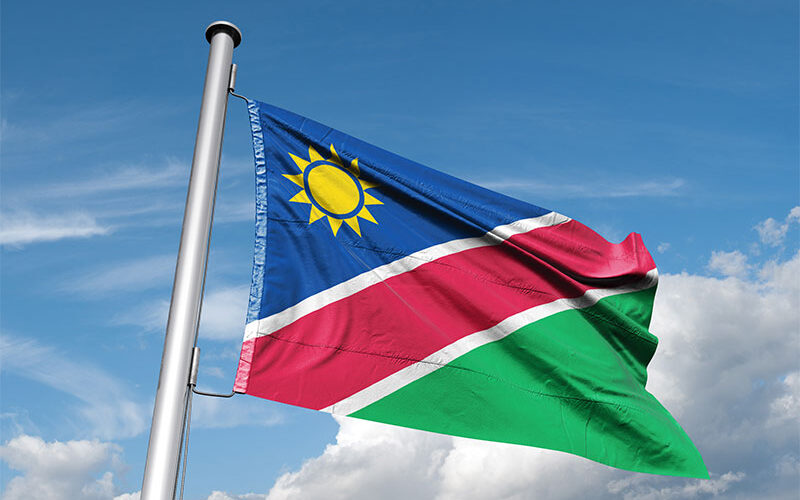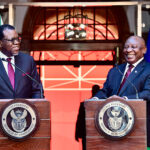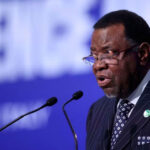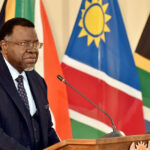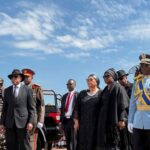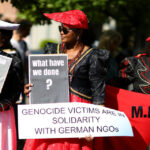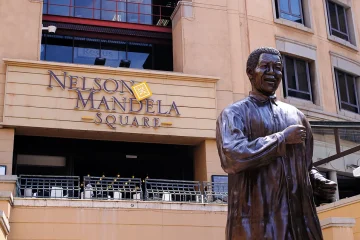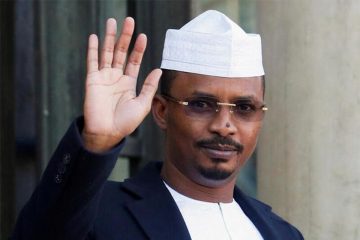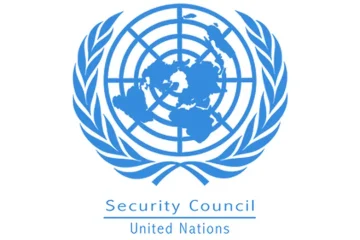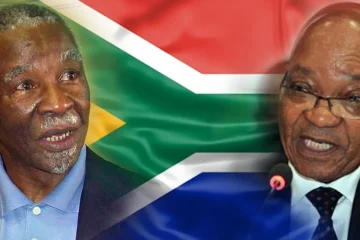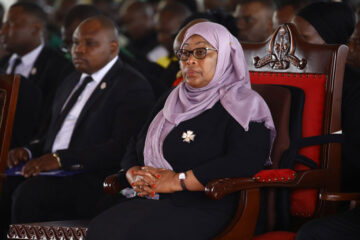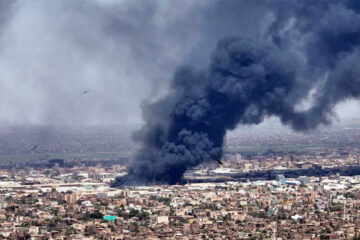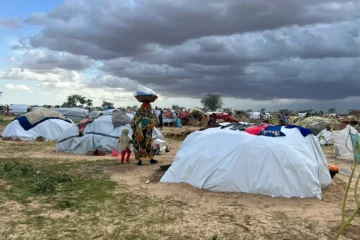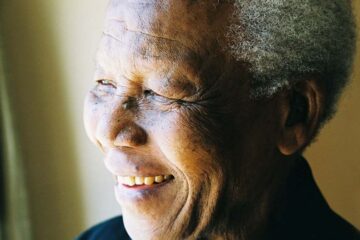THE results of the latest regional and local government elections in Namibia show just how much the political landscape has changed in the country since independence from South Africa in 1990.

The South West Africa People’s Organisation (Swapo) – the former liberation movement that has governed the country since independence – used to win by huge margins. But, increasingly, Namibians are losing trust in its ability to run the country. They are making different political choices.
For the first time, Swapo suffered numerous defeats at regional and local levels of government in elections held last month. The loss of control over several second tier levels of governance and even more on the local level bordered on humiliation.
This increases the influence of other parties dramatically and will have an impact on Namibia’s future governance. The fact that Job Amupanda, a social movement activist in his early 30s, is the new mayor of Windhoek’s municipality, points to how dramatic the changes are.
Swapo’s poor showing in this year’s regional and municipal elections mirrors its humiliation in the 2019 national polls. From the whopping 80% it won in 2014, it got only 65%. President Hage Geingob was reelected with a humiliating 56% (2014: 87%).
The results were driven by growing corruption, governance failures and abuse of office. The lack of good governance and poor delivery has been exacerbated by a fiscal crisis and recession since 2016.
Electoral blow
Many of the country’s 14 different regions are spatial hubs for culturally and linguistically distinct groups. Their voting behaviour, to some extent, reproduces existing identities. Up until fairly recently, Swapo was the only party with support among almost all population groups, and in the urban “melting pots”. This seems over.
For the 14 regional councils, which are the second tier of government, Swapo’s votes dropped from 83% in 2015 to 57%. The elected council members appoint three representatives each to the National Council, the upper house of parliament, where Swapo currently holds 40 of 42 seats. This will change fundamentally, and it is likely to just secure an absolute majority.
The southern regions of Hardap and //Karas went to the Landless People’s Movement. Central-western Erongo went to the Independent Patriots for Change, which also made some inroads in Swapo’s northern strongholds. Kunene in the north west went to the People’s Democratic Movement. Swapo also lost its absolute majority in the central and eastern Khomas, Omaheke and Otjizondjupa regions.
There are 57 municipalities in Namibia. In the local authority elections Swapo garnered just 40% (2015: 73%) of votes. It maintained full control only 20 of the 52 municipalities (out of 57) and town councils it previously held.
Most urban centres, including Walvis Bay and Swakopmund, went to other parties or coalitions.
A disaster was the loss of the capital Windhoek. From holding 12 of the 15 seats in the municipality since 2015, Swapo now has only five.
Early warning signals
Swapo’s loss of appeal among both urban and rural voters started with the national elections of 2019. It has now taken an unexpected dramatic turn with the regional and local election results.
The results of last year’s national election showed wear and tear on the part of the party.
Panduleni Itula, a Swapo member who stood as an independent candidate, scored almost 30% of votes, personifying the dissatisfaction among party followers. Expelled since then, he formed a new party, the Independent Patriots for Change.
The People’s Democratic Movement more than tripled its parliamentary seats as the official opposition. The Landless People’s Movement, a new force, became the third strongest party.
Self-righteousness and intimidation
Following the poor electoral showing last year, Geingob reassured citizens “I have heard you”. He declared 2020 the “year of introspection”.
Yet, since late November 2019, more details emerged over the scale of corruption in the infamous #fishrot scandal, Namibia’s biggest bribery scandal. Two ministers and several leading officials of state-owned enterprises were implicated.

Geingob’s proclaimed introspection was limited to an internal self-examination by government, with no visible results. This infuriated Namibians.
Party leaders continued to brush aside the dissatisfaction and resorted to blaming scapegoats.
Deflection and scapegoating
Addressing soldiers at the end of August, defence minister Peter Hafeni Vilho accused the country’s minority white community, supporters of “regime change”, “misguided intellectuals” and “unpatriotic” citizens of being bent on seeing the government fail.
He linked the white community to all governance failures, arguing that they alone were responsible for the current inequalities. This provoked a rebuke pointing to the government’s failures.
The party’s spokesperson Hilma Nicanor accused “outside forces” of trying to unseat the “victorious” governing party.
In mid-October Geingob bemoaned the growing number of whites (estimated at less than 5% of the population) registering as voters. He claimed they intended to support anything but Swapo, and declared
I will not forget that. People are declaring war against Swapo.
Martin Shalli, the former commander of the Namibian army, speaking at a rally in early November, urged the crowd to slit the throats of Swapo defectors. Public outrage forced him to apologise on national television.
It speaks in favour of Namibians that such intimidation did not prevent them from voting for the parties of their choice. This makes democracy the winner and Swapo the loser.
The future of Namibia’s democracy
Swapo’s downfall from an undisputed hegemonic liberation movement in power since independence means that Namibians are entering a new era. The elections in November 2020 have indeed put Namibia’s political culture at a crossroad.
For starters, it is not yet sure how the Swapo-led central government will relate to the regional and communal governments it has lost to the opposition.
Frustrated members of the Swapo establishment have suggested that the party, which controls the central government, should make the fiscus withhold funds to financially starve towns and regions governed by other parties.
This stresses the emerging centrifugal tendencies, fuelling regional if not tribal animosities. It is not in keeping with the “One Namibia, One Nation” slogan from Swapo’s anti-colonial struggle days.
Notably, Geingob dismissed such suggestions, declaring that all those elected into office are supposed to serve all people and no funds will be withheld. This is encouraging at a moment when Namibia enters a new democratic turf.
The four years on the road to the country’s next National Assembly and presidential elections in 2024 might be bumpy. But democratic hiccups are part of a healthy pluralism. – The Conversation.

